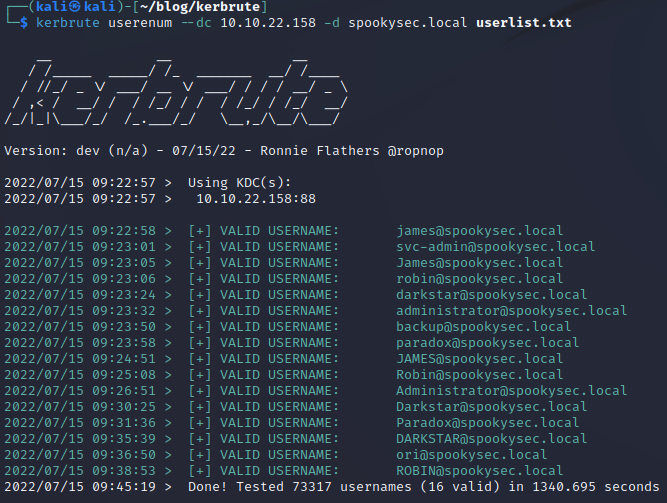Performance Google MDM or Microsoft Intune
- Thiru T
- Oct 24, 2024
- 1 min read

Google Endpoint Management and Microsoft Intune provides a clear overview of their strengths and weaknesses in the context of mobile device management (MDM).
Comparison of MDM Solutions
Google Endpoint Management
Strengths:
Ease of Deployment: Known for its user-friendly setup, ideal for businesses with limited IT resources.
Strong Password Security: Offers robust security measures to protect sensitive information.
Limitations:
Flexibility: May not provide the extensive customization options needed for organizations with complex management needs.
Resource Consumption: Can be resource-heavy, potentially impacting performance for smaller organizations.
Microsoft Intune
Strengths:
Integration: Works seamlessly within the Microsoft ecosystem, enhancing collaboration across applications like Microsoft 365.
Comprehensive Features: Strong capabilities in device and application management, advanced security protocols, and detailed reporting.
Limitations:
User Training: May require more extensive training due to its complexity.
Endpoint Identification: Challenges in accurately identifying endpoints can complicate management.
Decision Factors
Budget and Simplicity: Organizations focused on cost-effectiveness and ease of deployment may lean toward Google Endpoint Management.
Feature-Rich Integration: Those needing advanced features and integration with Microsoft products will likely benefit from Microsoft Intune.



Comments